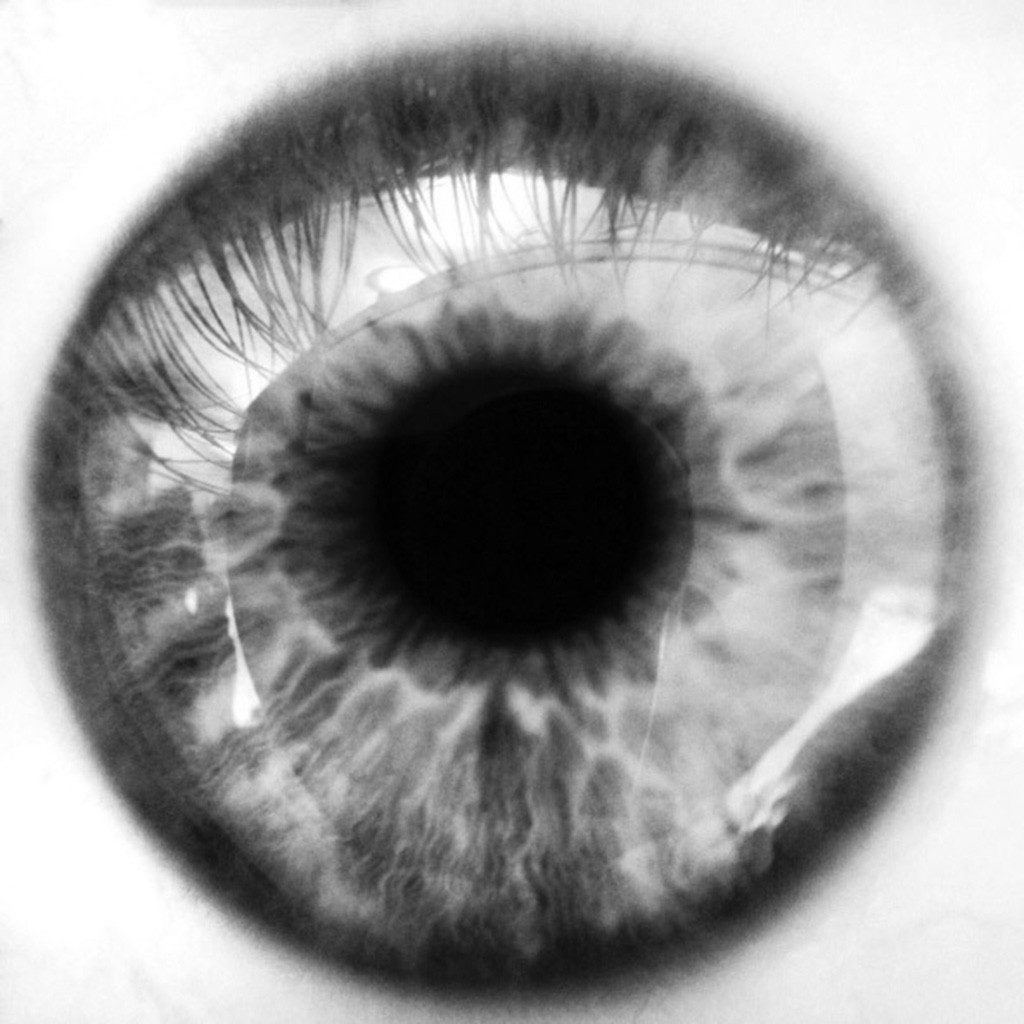Sharp sight
An implant designed to boost vision when retinas fail

A tiny chip — implanted in the eye — could improve sight for patients suffering from disorders striking the retina, such as macular degeneration. These diseases, which include genetic conditions as well as impairments related to age, affect millions of people. If findings in animal studies are borne out in humans, the new device would offer a big improvement over existing implants — which require a major surgery, use wires and boost vision to only about 20/1,200, says Daniel Palanker, PhD, professor of ophthalmology, whose team developed the system.
He anticipates the implant could eventually restore vision to 20/120. “Based on our current results, we hope that human recipients of this implant will be able to recognize objects and move about,” says Georges Goetz, a graduate student in electrical engineering in Palanker’s lab. The device will enter clinical trials in France next year through a company called Pixium Vision. The first participants will be patients who have retinitis pigmentosa, which leaves them nearly blind.
Device users wear special glasses, which send wireless, light-based signals to an implanted photovoltaic chip made of silicon. Implanting the chip requires only a minimally invasive surgery. The chip electrically triggers healthy cells within the retina, which usually remain functional even if photoreceptors — cells known as rods and cones — are disabled by disease. By using these healthy cells, the implant takes advantage of natural vision-processing networks, leading to a more precise image.
Like natural vision, these chips acclimatize to a static image and can track moving images. The devices are also thought to be durable. In tests with rats, the implants have lasted for a year or more. “The performance we’re observing at the moment is very encouraging,” Goetz says.
Palanker’s team is refining the device by making the hexagonal chips smaller and adding a prong to each chip that will protrude into the cell layers, ensuring the signals reach the healthy cells and travel on to the brain.
The implant is one of his most sophisticated creations, says Palanker, who has a history of developing ophthalmologic technology — including a laser widely used to repair cataracts.
